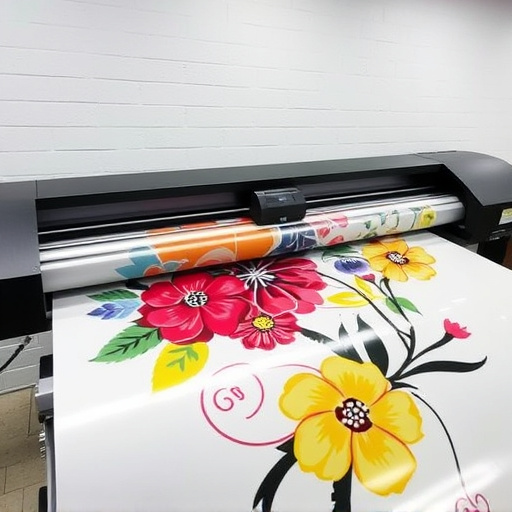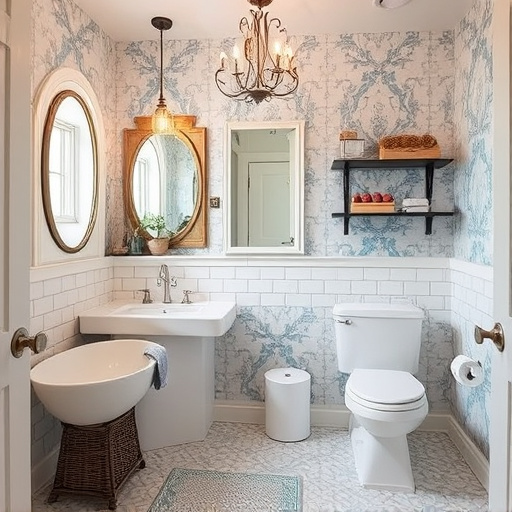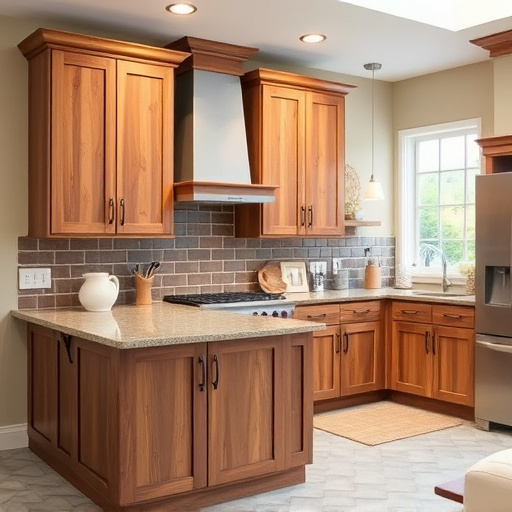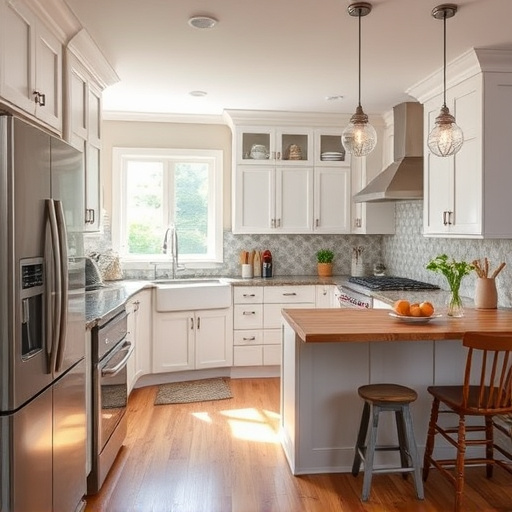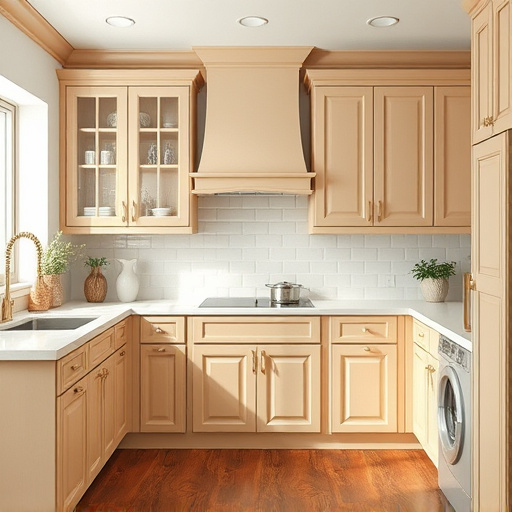Renovating? Diverse flooring installation options cater to various needs and budgets. Loose-lay flooring like carpet or vinyl tiles is easy and swift for bedrooms and living rooms, while glued-down flooring like hardwood or laminates offers a more permanent finish suitable for high-traffic areas. Custom installations create unique layouts but are more expensive. Installation methods range from versatile nail/stapling to glue-down, depending on aesthetic preferences, budget, and project complexity.
In the world of home improvement, choosing the right flooring install type can significantly impact your budget. From laid and glued methods to nailed and floating systems, each installation approach offers unique advantages and costs. This article delves into the cost analysis of different flooring installs, exploring factors like material, labor, floor size, and regional pricing. By understanding these variables, homeowners can make informed decisions, comparing average cost ranges through our comprehensive guide’s tabular insights.
- Types of Flooring Installations
- – Brief explanation of different installation methods (e.g., laid, glued, nailed, floating)
- – Highlight key differences and common use cases for each method
Types of Flooring Installations

There are several types of flooring installations to choose from when embarking on a home renovation project, each with its own advantages and cost implications. For instance, loose-lay flooring, such as carpet or vinyl tiles, is a straightforward and relatively quick flooring install method suitable for areas like bedrooms and living rooms. This option offers ease of removal and replacement, making it ideal for those planning future changes or who prefer a more temporary solution.
In contrast, glued-down flooring, including hardwood or laminates, involves a more intricate flooring install process but provides a more permanent and durable finish. These floors are best suited for high-traffic areas like kitchens and hallways, where they can withstand heavy use. Customized work is also an option, allowing homeowners to design unique layouts with specialized flooring, though this approach often comes with a higher price tag, especially for whole house remodels.
– Brief explanation of different installation methods (e.g., laid, glued, nailed, floating)

There are several methods to install flooring, each with its own advantages and considerations when it comes to transforming your home’s interior. One common approach is laying floors directly onto a subfloor, suitable for various materials like tiles, vinyl, or laminate. This method is straightforward and cost-effective, often a go-to option for quick home improvements.
Alternatively, flooring can be glued down, providing a more durable and permanent solution. This technique is ideal for natural wood or stone floors, ensuring they remain in place over time. Another installation type involves nailing or stapling floors to the subfloor, offering excellent stability and comfort underfoot. For a more flexible option, floating floors are locked together with a locking mechanism, allowing them to expand and contract, making them perfect for rooms prone to temperature changes or humidity fluctuations. These diverse flooring install types cater to different preferences, budgets, and desired home transformations, ultimately contributing to functional spaces that serve as a sanctuary in any residence.
– Highlight key differences and common use cases for each method

When it comes to flooring install types, several methods exist each with its own set of advantages and applications. Nail or stapling is a common technique suitable for various flooring types, ideal for quick installations, especially in larger spaces like living rooms or kitchens during bathroom remodel projects. This method offers flexibility and can be easily adjusted for customized home renovations.
On the other hand, glue-down installation is more suited for more intricate patterns and custom designs, frequently seen in high-end residences and commercial spaces. It provides a more permanent solution, ideal for those seeking long-lasting aesthetics. For home additions, where you might need to match existing flooring styles, this method can ensure seamless integration. The choice between these depends on the desired look, budget, and specific needs of your project, be it a simple update or a complex customized home renovation.
When comparing different flooring install types, understanding the costs associated with each method is crucial. From laid flooring, which offers a straightforward and cost-effective solution, to glued and nailed installations suitable for more robust materials, each approach has its advantages and application areas. Floating floors stand out for their ease of installation and ability to accommodate underfloor heating. By considering factors like material, durability, and room layout, homeowners can make informed decisions, ensuring the best flooring install type aligns with both aesthetics and budget. This cost comparison highlights the importance of thorough research when undertaking any flooring project.







